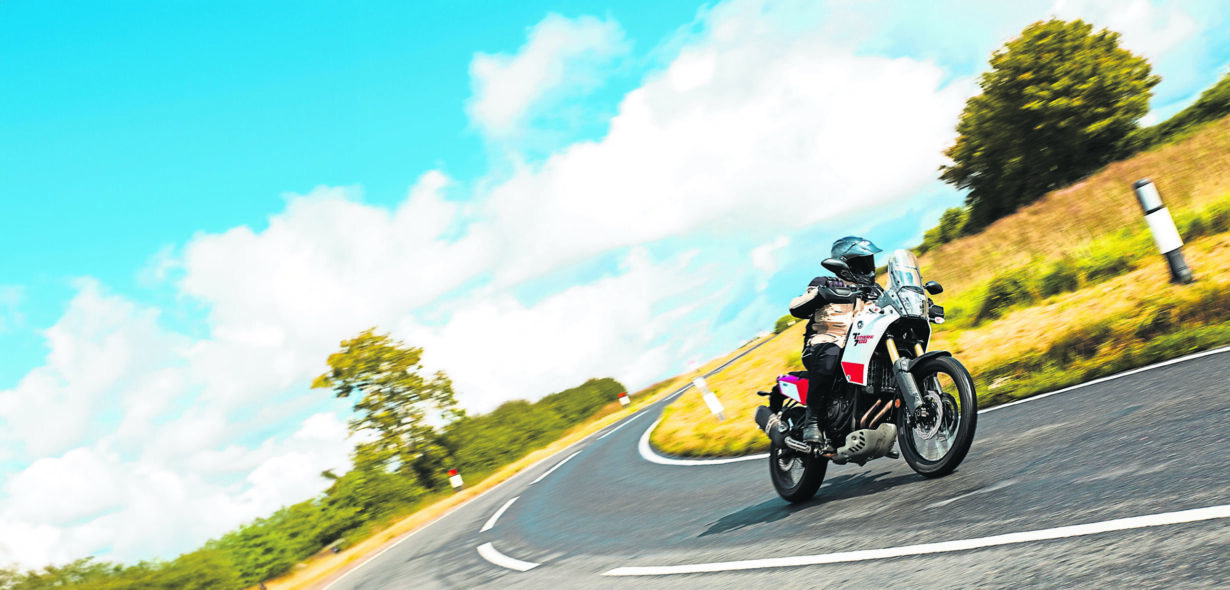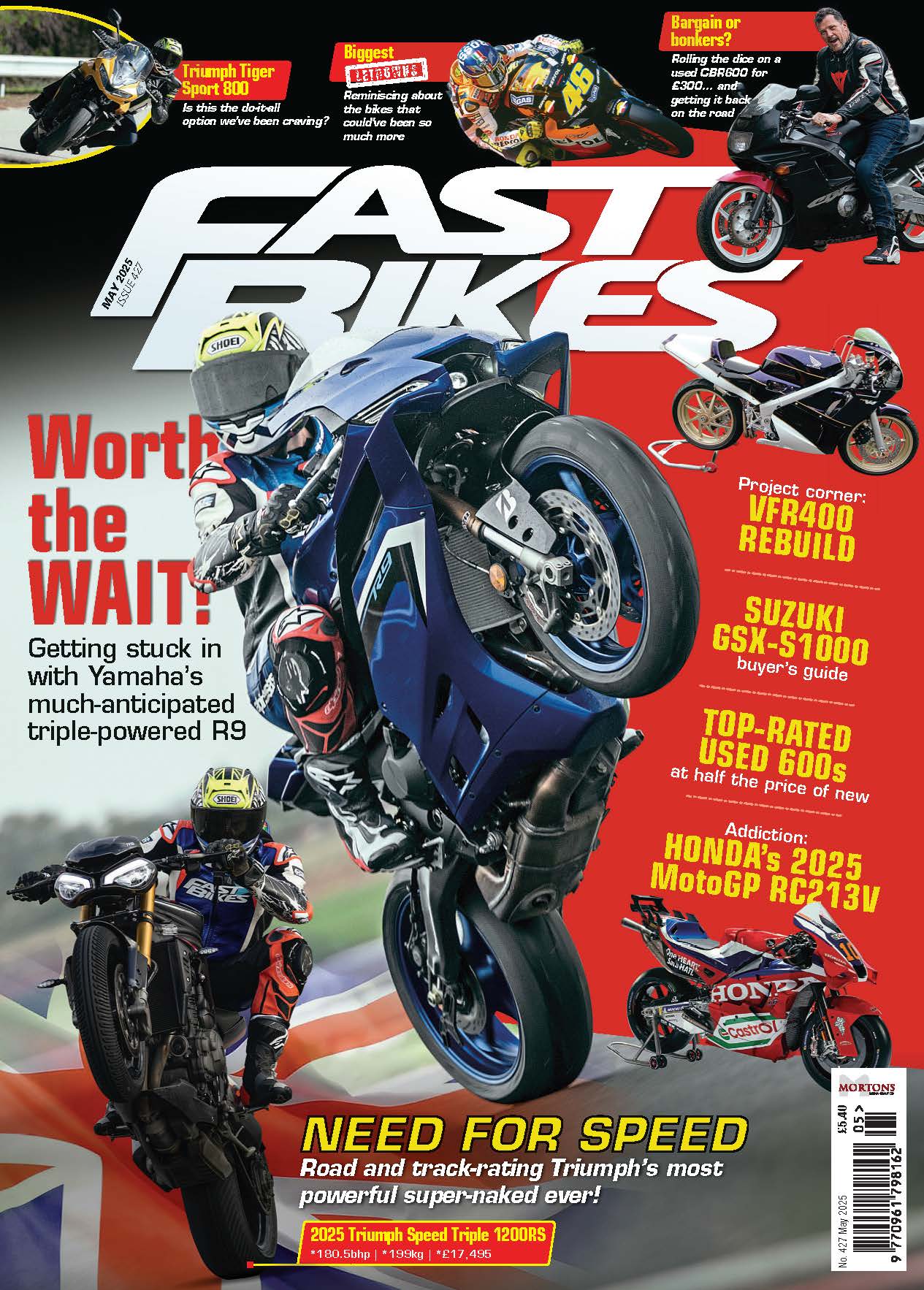Motorcycling is amazing, but riding on our busy roads is not always free from danger. Adopting a defensive riding style and a keen eye for potential hazards can make your ride more enjoyable – and keep you safe at the same time. We talked to Enhanced Rider Scheme (ERS) trainer Ian Burchell from Phoenix Motorcycle Training to see how to work on these skills…
One of the key pillars of advanced riding is being as safe as possible. There are plenty of ways to get safer on the roads, and among the top ones are defensive riding and hazard awareness.
As our roads get ever busier, it is essential that you plan well ahead (see last issue or MoreBikes for our article about planning). Once the planning is done, it’s time to act, and just how you do that can make a huge difference to your riding.

A good starting point is to try to avoid putting yourself in a situation where you are trying to do too many things at once. As with most things, when complexity increases, the chances of something going wrong somewhere along the way increase, too.
Enhancing awareness
But how do you get ahead of the game by spotting potential hazards early, and not having too much to deal with at any point?
Enhancing your awareness about other road users, including cyclists, drivers, animals and pedestrians will give you a better chance to anticipate what might happen next. It’s almost like you are predicting the future.
It’s also important to understand how the weather conditions affect you as a rider. Changes that might have next-to-no impact on drivers, may have a much bigger impact on riders, and those changes can happen suddenly, making it more difficult to stay in full control of the situation.
In addition to the ‘normal’ traffic around you, it is also good to have awareness of vehicles navigating the roads in a different manner. This includes emergency vehicles as well as aggressive road users, and there are particular ways to deal with different situations like these.
Skills and knowledge
There are many skills that you can work on to improve your riding. Two handy systems to remember are the OSM-PSL and IPSGA acronyms.
OSM-PSL stands for Observation, Signal, Manoeuvre – Position, Speed, Look. The Observation part means that you should look in your mirrors and all around you so you’re aware of the traffic situation. You should Signal clearly and in good time, and you should Manoeuvre using the PSL routine to Position your motorbike correctly and in good time, adjust your Speed as necessary, and Look for other traffic.
IPSGA is short for Information, Position, Speed, Gear, Acceleration. The Information part of the system continues throughout the process with the rider taking, using and giving information about the situation. The other parts of the system are run in succession, starting with considering your Position on the road, the Speed you are travelling at, the Gear you are using, and finally Acceleration once you have dealt with the hazard. All of these are done to put you in the right position, at the right speed, and in the right gear to best negotiate the hazard, then accelerate away from it, whatever it may be.
In addition to the memory rules, there are other, more concrete skills to develop, too. One of them is continuously scanning your surroundings and prioritising the potential hazards that you can identify. It’s a case of playing a game of ‘what if?’ in your mind while riding.
It’s also good to be aware of times and places of high risk. You may know of a junction where visibility is restricted at certain times of year because of trees, or at certain times of the day because of low sunlight. Traffic volumes, road condition and people’s driving can also change very quickly.
Controlling your own speed, and being aware of your reaction times is another key skill. You need to be able to slow down or stop if avoiding a hazard demands it. To be able to do this, you need to be travelling at the right speed in the first place, know how long it takes to stop your bike from that speed, and being able to apply emergency braking if required.
Weather and road conditions play an important part in not just how your bike reacts to different situations, but also how you are able to control your bike. Being wet, cold and tired on the bike never makes riding any easier.
Finally, you should try to avoid distractions. Your phone may be a great help as a navigation device, but taking calls while riding takes your concentration away from the job at hand – staying safe.
Defensive riding
Enhanced Rider Scheme (ERS) trainer Ian Burchell from Phoenix Motorcycle Training sums up defensive riding: “A common mistake that riders make is to expect others to do the right thing, which in reality they don’t always do. This is often shown when going through small gaps with oncoming traffic, following too closely, or not giving space when passing parked vehicles.”
The challenges that motorcyclists need to deal with come in many shapes and sizes, but applying advanced riding techniques makes it possible to manage these risks better, and enjoy motorcycling more. There are plenty of books and articles written about advanced riding, but you can make the process much quicker and easier by signing up to do a training day like the one-day Enhanced Rider Scheme (ERS) with a qualified and DVSA approved trainer.
Here’s to many happy and safe miles!
Where to get the skills?
Phoenix Motorcycle Training is the UK’s largest motorcycle training organisation, with ERS courses available at several locations. To find your nearest location, visit phoenixmotorcycletraining.co.uk or call 0330 223 4000.




